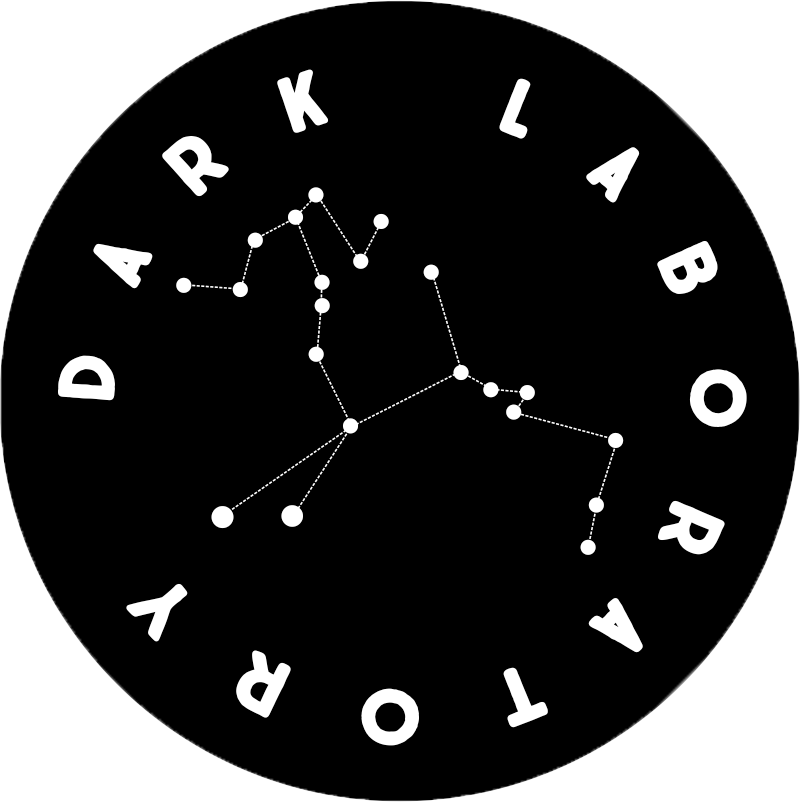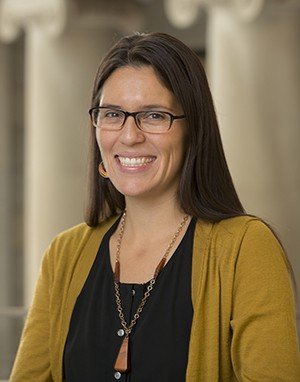
The World We Became:
Map Quest 2350
Tackling how racial justice and climate crisis are entangled, The World We Became: Map Quest 2350 is a speculative cartography atlas. Co-curated by Tao Leigh Goffe and Shannon Gleeson, the initiative is a collaboration between a collective of artists, poets, academics, curators, architects, and activists. This digital humanities experiment maps global ecological crises and shared Black, Asian, Pacific, Middle Eastern, Latin American, Caribbean, and Indigenous futures. The names of the contributors are: Atif Khan, Austin Kocher, Christin Washington, Judith Salcido, Rewa Phansalkar, Ryan Persadie, Anisa Jackson, Elspeth Iralu, Erica Violet Lee, Hashem Abushama, Nisrin Elamin, Randa Tawil, Citlali Sosa-Riddell, Esmeralda Arrizón-Palomera, Kelsey Moore, Lydia Macklin Camel, Mónica Bernal Ramirez, Nancy Morales, Amanda Pinheiro, Ana Ozaki, André Nascimento, Christopher Roberts, Essah Díaz, and Reighan Gillam.
The born-digital speculative design experiment features visual and audio components presenting a planetary vision of the year 2350 as an underwater future in ruins of climate crisis. The atlas connects five imaginaries that rescript the geographic boundaries of what we currently understand to be South Asia, the South Pacific, the Middle East, North America, Latin America, and the Caribbean. Situating the borders of the nation-state borders as recent constructs, in this creative exercise the natural environment becomes a model for imagining interspecies relationality and co-presence. Mangroves and atolls form portals to speculative futures beyond the climate crisis and the impact of racial and extractive capitalism. Anchored in five locales, the collective text brings together a global vision of survivance addressing migration, dispossession, Asian diaspora, Native sovereignty, Black fugitivity, and broader questions of global indigeneity. With life emerging from the ruins, this atlas forms a digital blueprint of suboceanic futures and the practice of interrogating what justice could mean in the far future.
Read the academic article, part of the Eco-Crisis Special Issue of the peer-reviewed journal Asian Diasporic Visual Cultures in the Americas, December 2022.
The Lands Formerly Known as South Asia
The Mangrove as Refusal
Atif Khan, Austin Kocher, Christin Washington, Judith Salcido, Rewa Phansalkar and Ryan Persadie
The Mangrove is alive. We think with the Mangrove.
Nirvana
Original music by Jesediah
The World We Became: A Speculative Soundtrack
For the podcast episode featuring a conversation with special guest expert Professor Eddie Bruce-Jones (SOAS) click here.
Pacifica Atlantis
Portals to Oceanic Kinship: Pacifica Atlantis
Andrea Chung, Heidi Amin-Hong, Juhwan Seo, Melanie Puka, Priyanka Sen, and Tauren Nelson
We begin from the atoll as a portal to envision a future oriented toward more-than-human modes of kinship and care.
atlantis
Original music by Jesediah
The World We Became: A Speculative Soundtrack
For the podcast episode featuring a conversation with special guest expert Professor Kevin Escudero (Brown University) click here.
The tricksters
After the Interruption: An Invitation from the Ancestors
Anisa Jackson, Elspeth Iralu, Erica Violet Lee, Hashem Abushama, Nisrin Elamin, and Randa Tawil
This is an invitation from your ancestors and from mine, from ours; whether you understand the languages in which we are communicating to you, whether or not you are somewhere that you would choose or could choose to call home, whether you are dispossessed, exiled, occupied, or free.
palestine
Original music by Jesediah
The World We Became: A Speculative Soundtrack
For the podcast episode featuring a conversation with special guest expert Professor Samia Henni (McGill University) click here.
Exurbs of Aztlán
Cosmogram
Citlali Sosa-Riddell, Esmeralda Arrizón-Palomera, Kelsey Moore, Lydia Macklin Camel, Mónica Bernal Ramirez, and Nancy Morales
We reimagine the mythical homeland of the Aztecs—both the concept and its supposed geographical location—to map the construction of a just world that exists in the year 2350. This map comprises six exurbs: Maguey, Old Aztlán, El Sueño del Sur, Memory + Justice, Ucronia, and Junia
aztlán
Original music by Jesediah
The World We Became: A Speculative Soundtrack
For the podcast episode featuring a conversation with special guest expert Professor Kim Bain (UBC) click here.
Marronage - Quilombo
A Map of Fugitivity
Amanda Pinheiro, Ana Ozaki, André Nascimento, Christopher Roberts, Essah Díaz, and Reighan Gillam
For the podcast episode featuring a conversation with special guest expert Professor Derrick Spires (University of Delaware) click here.
The same way that maroon communities resisted and survived by negotiating fugitivity and colonial infrastructures, we imagine that the future could combine the effects of climate change and the futures that could have been, if all maroon insurgencies and communities had succeeded over time.
quilombo
Original music by Jesediah
The World We Became: A Speculative Soundtrack
Meet the Curators
Tao Leigh Goffe
Co-Lead - Executive director of Dark Lab
Shannon Gleeson
Co-Lead - PI: Cornell Just Futures Mellon Foundation Grant
Acknowledgements
Many thanks to Rewa Phansalkar who edited The World We Became. Ana Ozaki and Christopher Roberts offered critical design support for the Miro board. The upper banner image which resembles a mandala was designed by David Garcia using Blender.









